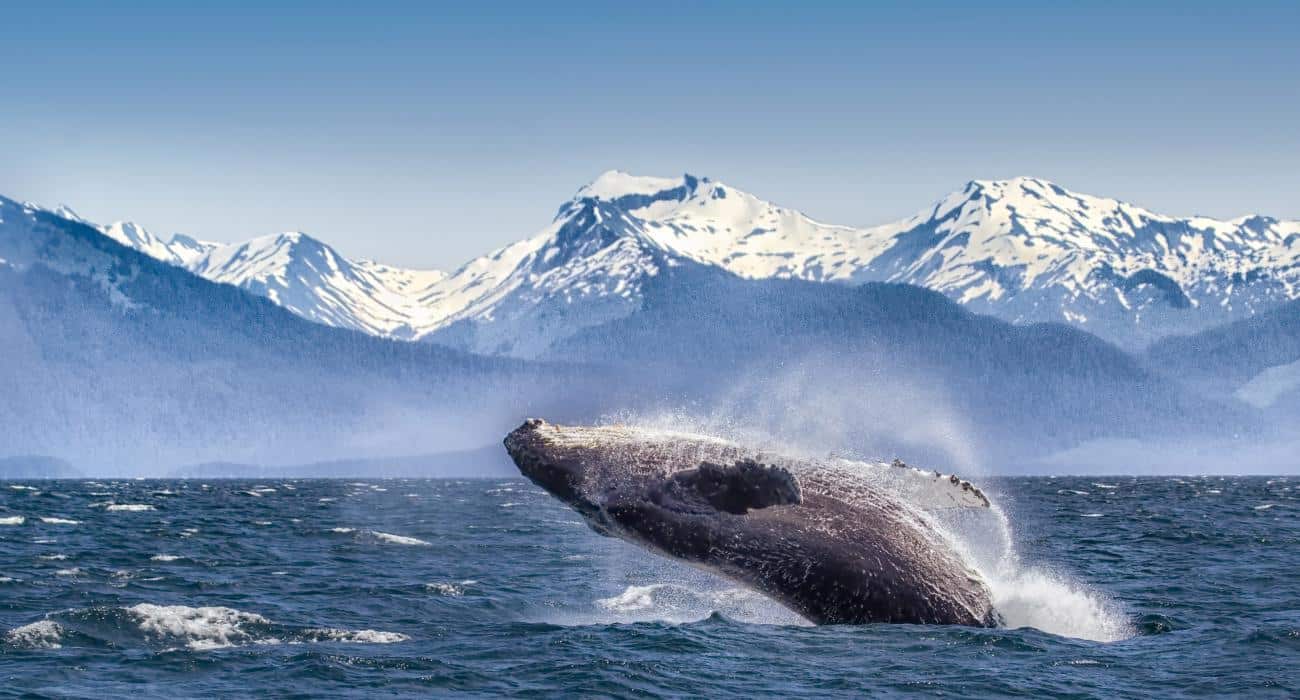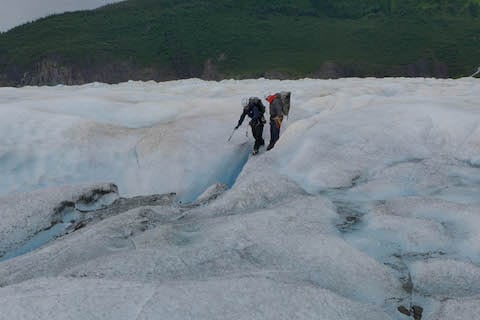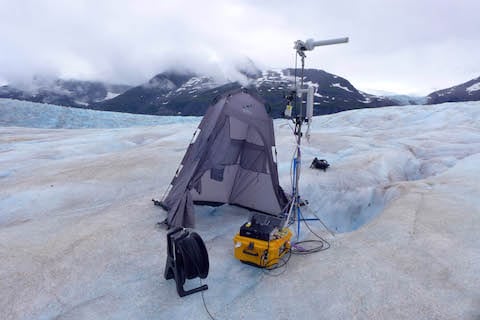Telenor Satellite and Intelsat to add new 4K/UHD (Ultra High Definition) channels to key regions across Europe.

Telenor Satellite and Intelsat are extending their longstanding partnership at 1° West to expand 4K/UHD (Ultra High Definition) channel distribution to Nordic and Central Eastern European (CEE) countries, and introducing it directly into the homes of nearly 18 million Pay TV households in the region.
The Telenor Satellite and Intelsat 1° West media distribution solution is an ideal platform for 4K/UHD, which offers the best quality picture for viewers. The Telenor Satellite-Intelsat partnership at 1° West is already helping broadcasters in the region reach a much larger audience, across a broader geographic area, when broadcasting 4K channels.
Now, the companies are introducing new 4K/UHD channel distribution. First channels to be offered include NASA TV and WOW 4K, with additional channels coming soon. The new 4K channels will be broadcast to CEE and Nordic region viewers on Telenor Satellite’s THOR 7, and Intelsat will do the same for CEE viewers using Intelsat 10-02.
“We are delighted to welcome broadcast channels such as Wow 4K and NASA 4K to be distributed via our 1° West satellite fleet, with 4K content enhancing the viewing experience even more,” said Ole Ledang, Director of Broadcasting Division at Telenor Satellite.
“We know that viewers’ expectations are growing when it comes to user experience. They are looking for a high-quality, high-resolution image, and they also want access to more diversified content. Working with Telenor Satellite, we are making it possible for broadcasters to meet their viewers’ needs in the Nordics, the CEE regions and neighbourhoods that we are already addressing through 1° West,” said Olivier Herson, Managing Sales Director at Intelsat.


